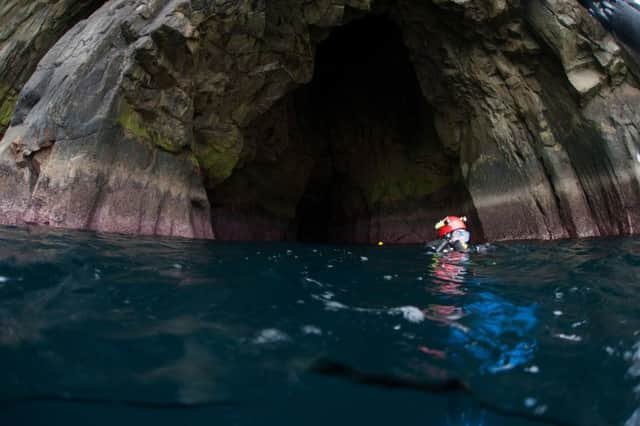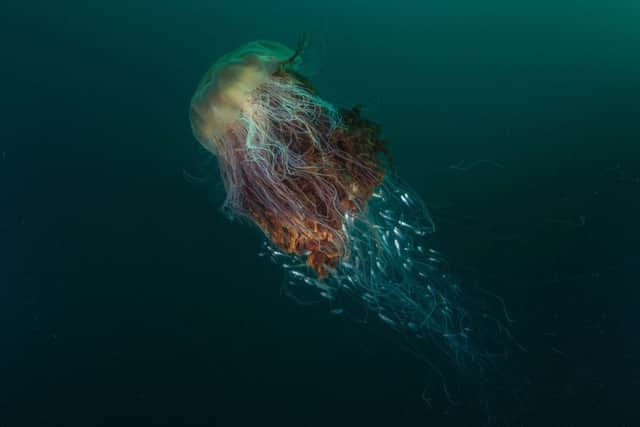Survey finds St Kilda sea caves in good condition


Scottish Natural Heritage (SNH) has just published the findings of the wide-reaching survey which was carried out in 2015 by a team of divers.
Home to nearly one million seabirds, the St Kilda archipelago is the UK’s only dual Unesco World Heritage Site for both its natural and cultural significance.
Advertisement
Hide AdIt was evacuated on August 29, 1930 after the remaining 36 islanders voted to leave as their way of life was no longer sustainable.


The survey aimed to judge the current condition of the sea caves in the archipelago, which is situated around 40 miles west of the outer Hebrides and, in North Rona, north-west of Cape Wrath.
The team of researchers concluded that the site was in “good condition”.
The researchers also discovered a new species of soft coral (Clavularia) within one of the St Kilda caves.
SNH said that St Kilda hosts huge seabird populations, including the world’s second largest colony of North Atlantic gannets.